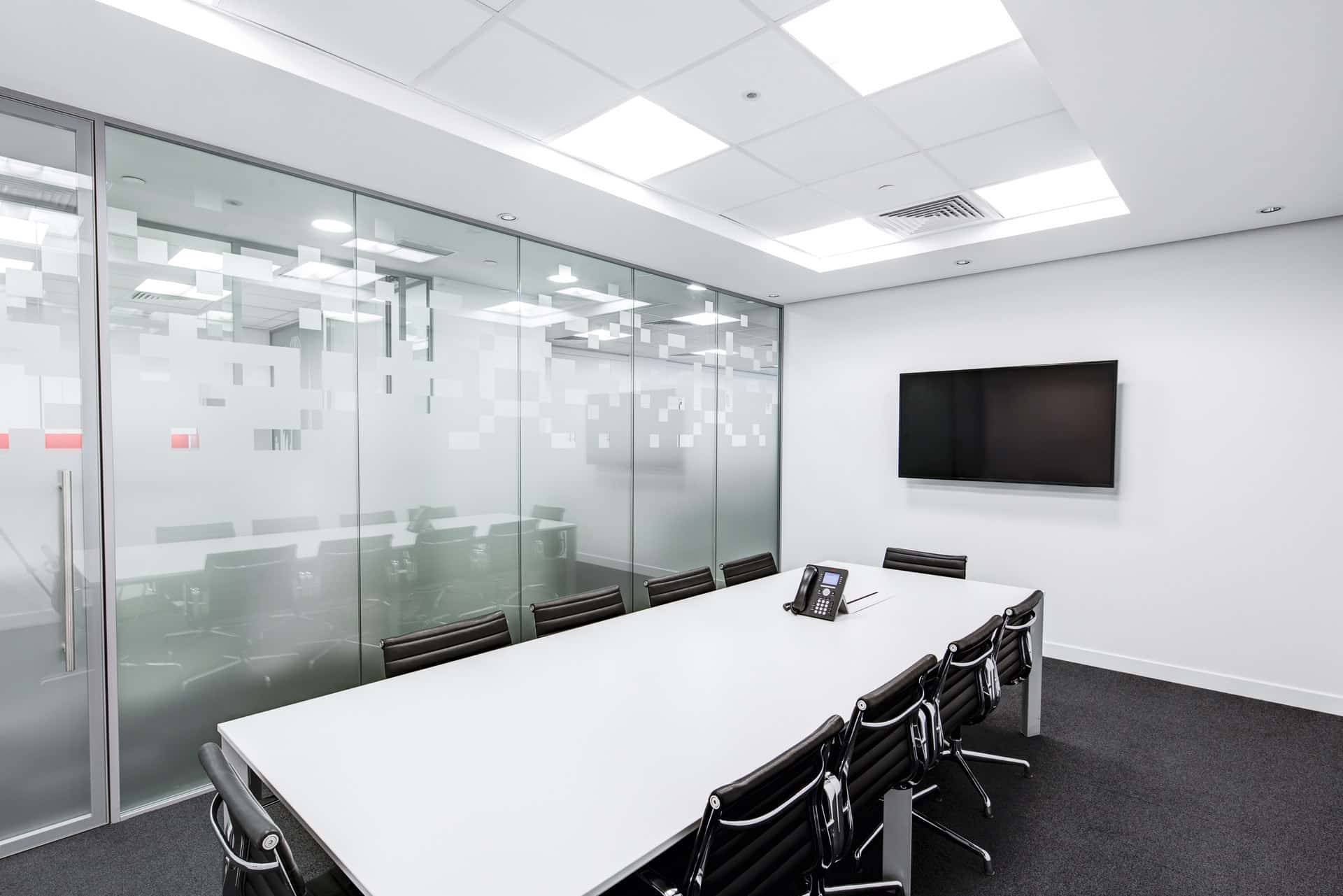As a child, I never questioned why my father would sit at the head of the table during family dinners. For unknown reasons, my mother would sit next to my father in the corner position compared to some parents who will usually sit at opposite sides of the dining table. For most parts of our lives, we have been exposed to group setting dynamics, beginning with our family. But as we grow up, we sometimes lose our way in the unspoken rules of seating protocols.
Whenever we walk into a meeting room, the first decision we make is where to sit. Often this decision is taken on the whim, not given much thought about our seat positioning and how it might initiate different reactions from people around us. For marketing executives, choosing the right seat can help or hurt your chance of success in meetings. In this article, we look at how table shapes influence our psychology, followed by seating positions that reflect your goals and working modes.
Research shows that round tables reduce loneliness. That is the reason why Starbucks put round tables in their retail locations worldwide to make customers feel at home when they are alone. Presumably, this effect inspires comfort which makes customers buy more. Restaurants try a slightly different approach to keep the balance of customers who enjoy their meals and the prospect of more paying customers. They use uncomfortable chairs so customers won’t stay too long, vacating their seats for other paying customers. Another study shows that participants are more likely to judge the workspaces as beautiful, softer, and more pleasant if the furniture were curvilinear than rectilinear. That means curved desks make people happier.
The Round Table
One of the legends of King Arthur was The Knights of the Round Table who sat at a round table in Camelot. Every knight was considered equal to his peers in honour and title, and there was no central, dominant position. A round table creates an atmosphere of relaxed informality and is ideal for brainstorming because it encourages the free flow of ideas by everyone.
The Rectangle Table
This refers to the traditional boardroom table with two short and two long ends. At the short ends of the table, you will find the most influential people. Since people sit opposite each other, the table act as a barrier between them, setting the mood of competition and confrontation. The more powerful person of the short end is the one facing the door because he or she gets the best vantage point of whoever enters or exits the door.
The Square Table
These tables are often seen at cafes and restaurants to give a relaxed, and comfortable feel. However, this type of table can be used for business meetings or formal discussions. Similar to the round table, to create a power seat, move the chair slightly back. If you don’t need the seats next to you, remove them.
So now let’s weight in on seating positions.
Sitting by the Corner
You are thinking of keeping your client nearby but not too close, then sitting at the corner position is the most suitable for relaxed and informal conversations. The corner of the table serves as a subtle barrier between two persons, and yet, enough room for gesturing and maintains a comfort zone; is ideal for meeting clients for the first time where you want a non-confrontational setting to build rapport and familiarity.
Sitting Side by Side
When you want to amplify your cooperative spirit, sitting side by side at the table says “we are working on the same team”. Being on the same side of the table creates a feeling of mutual interest and effort. In a sense, your client looks at things from the same perspective as you, and it helps establish a more intimate bond. Next time, sit side by side with your clients while reviewing your marketing plan and see how they respond to you.
Sitting Face to Face
In this seating position, the table serves as a barrier and shield for each person on each side. It is ideal for serious talks, interviews, and evaluative situations, where the table helps to create ’emotional distance.’ This seating position tends to make meetings short and efficient, ideal for making pitches and closing deals.
Sitting Diagonally
This seating position has a lot of distance and poses an uneasy angle to maintain eye contact, which makes it uncomfortable for communication. What this position says to others is indifference, lack of interest or hostility towards others around. Avoid sitting diagonally to your client in meetings unless you are an assistant to your boss or plan to sneak out early.
Final Note
Choosing the right seat can be a tricky thing, but being aware of the different effects each sitting position sets you ahead of anybody else who is oblivious to it. It might not sound like a big issue but getting this step right means setting the right conditions to your purpose from the start.
Research shows more deals are made when one sits to the left of a potential client. So make sure you are in the winner seat the next time you go for a meeting.
Lending from his background in travel and hospitality, Jason helped the world's top airlines shape their culture to deliver exceptional customer experience. He facilitates organisations to adopt new mindsets, embrace change, and develop soft skill capabilities for leadership and influence. Follow him on LinkedIn and website.



















